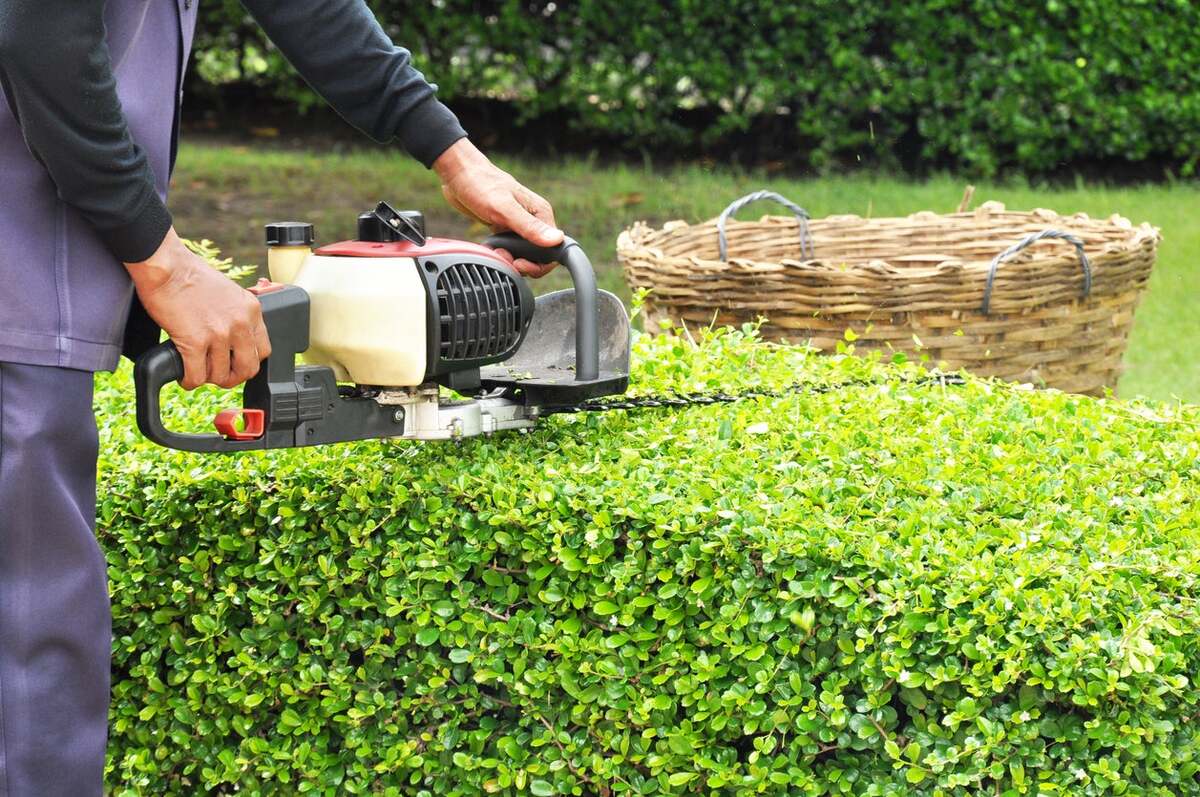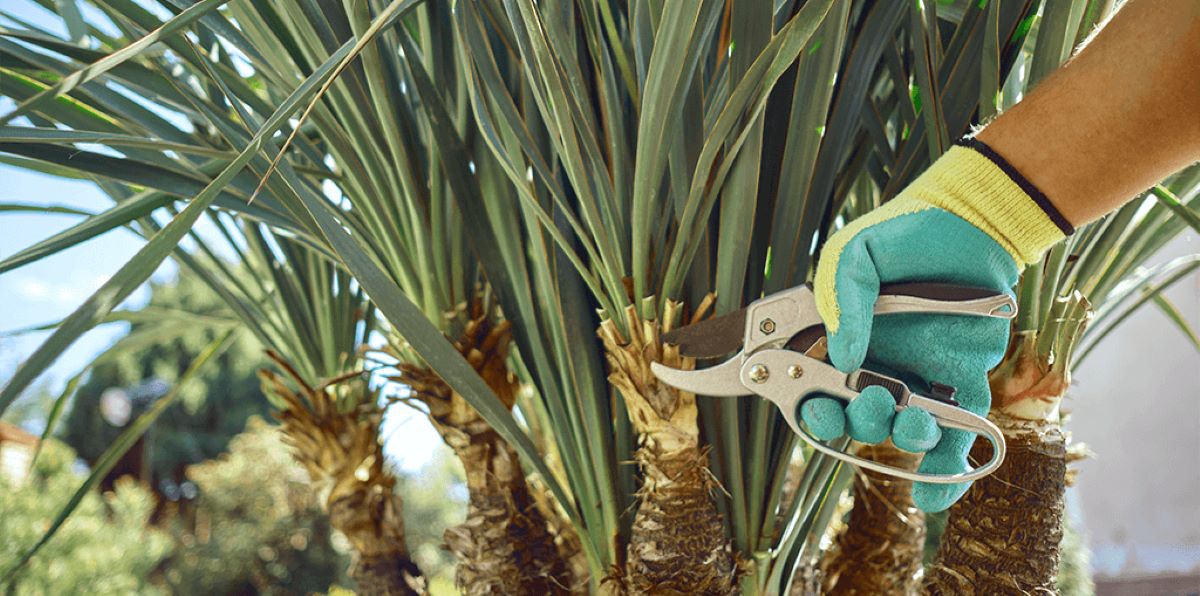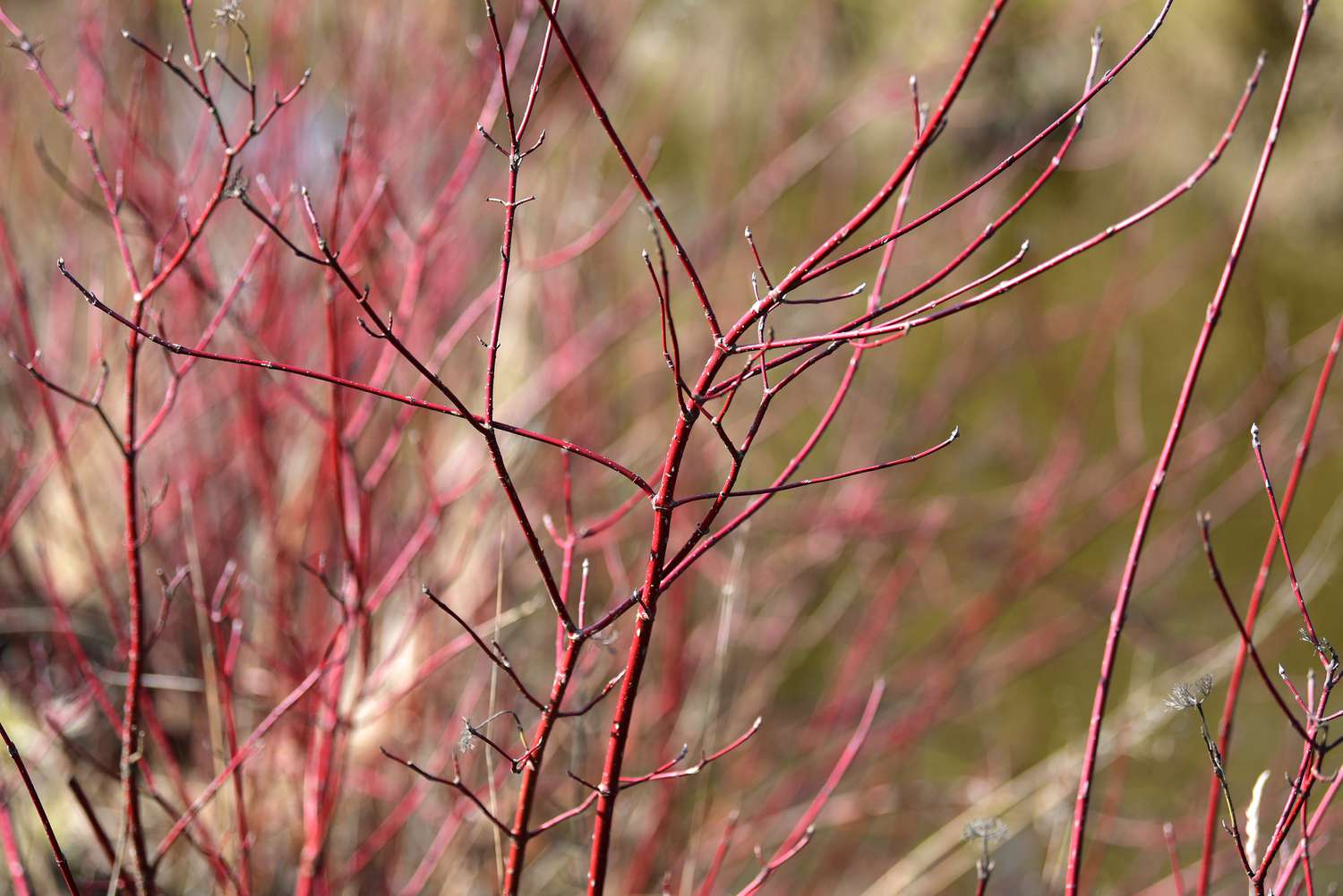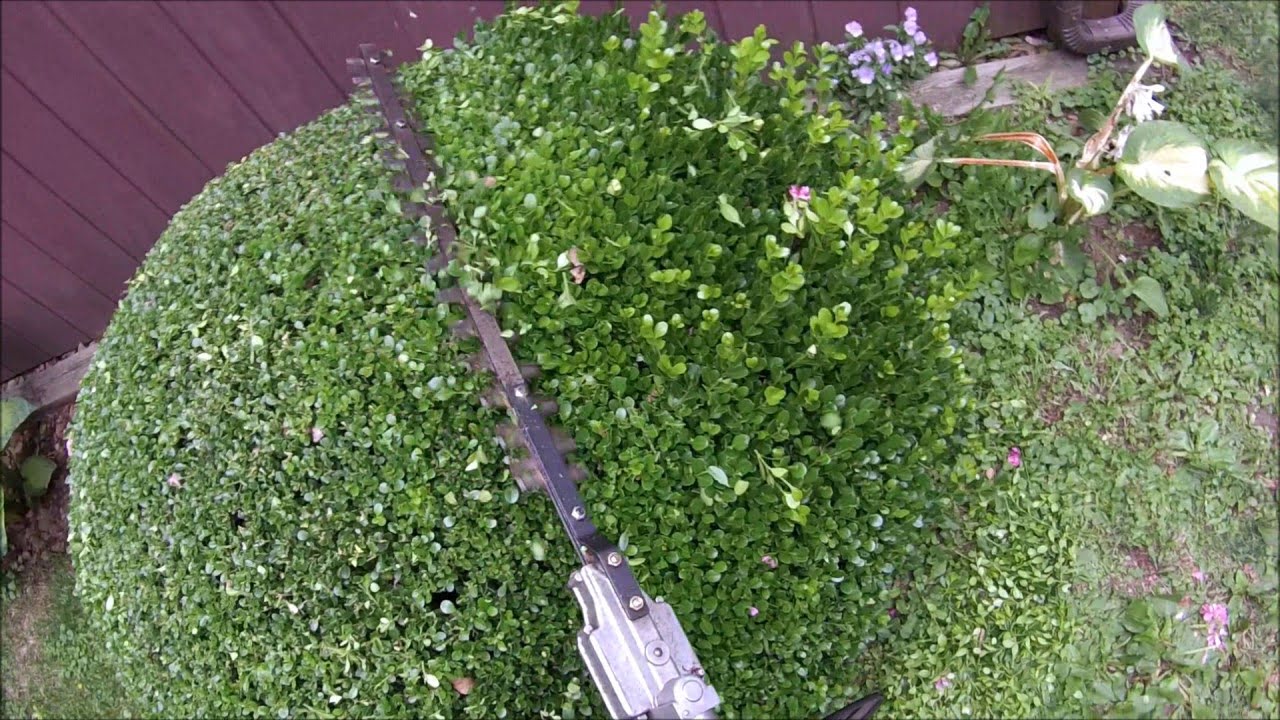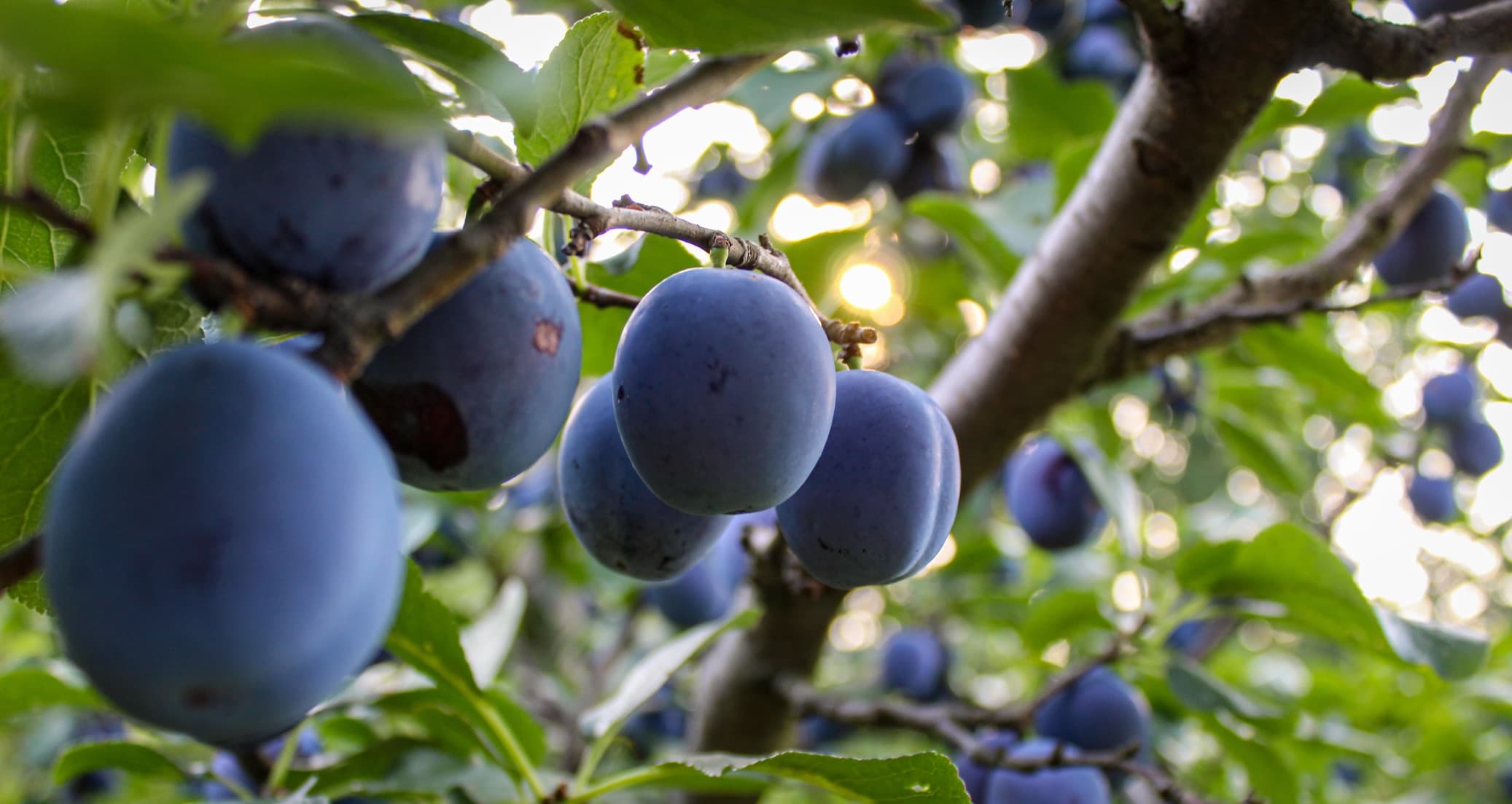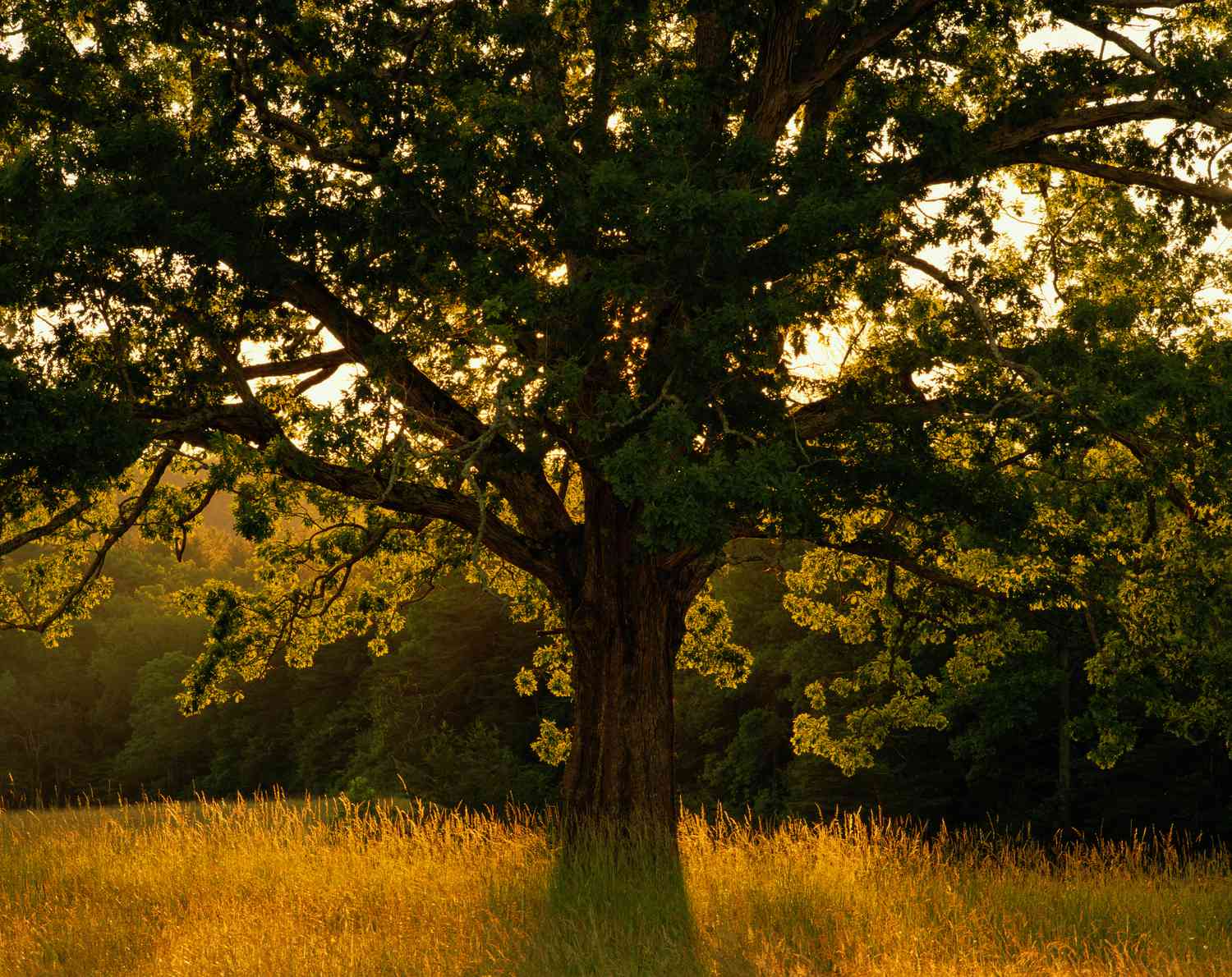Home>Gardening Techniques>Plant Care>When Do You Trim Spirea Shrubs
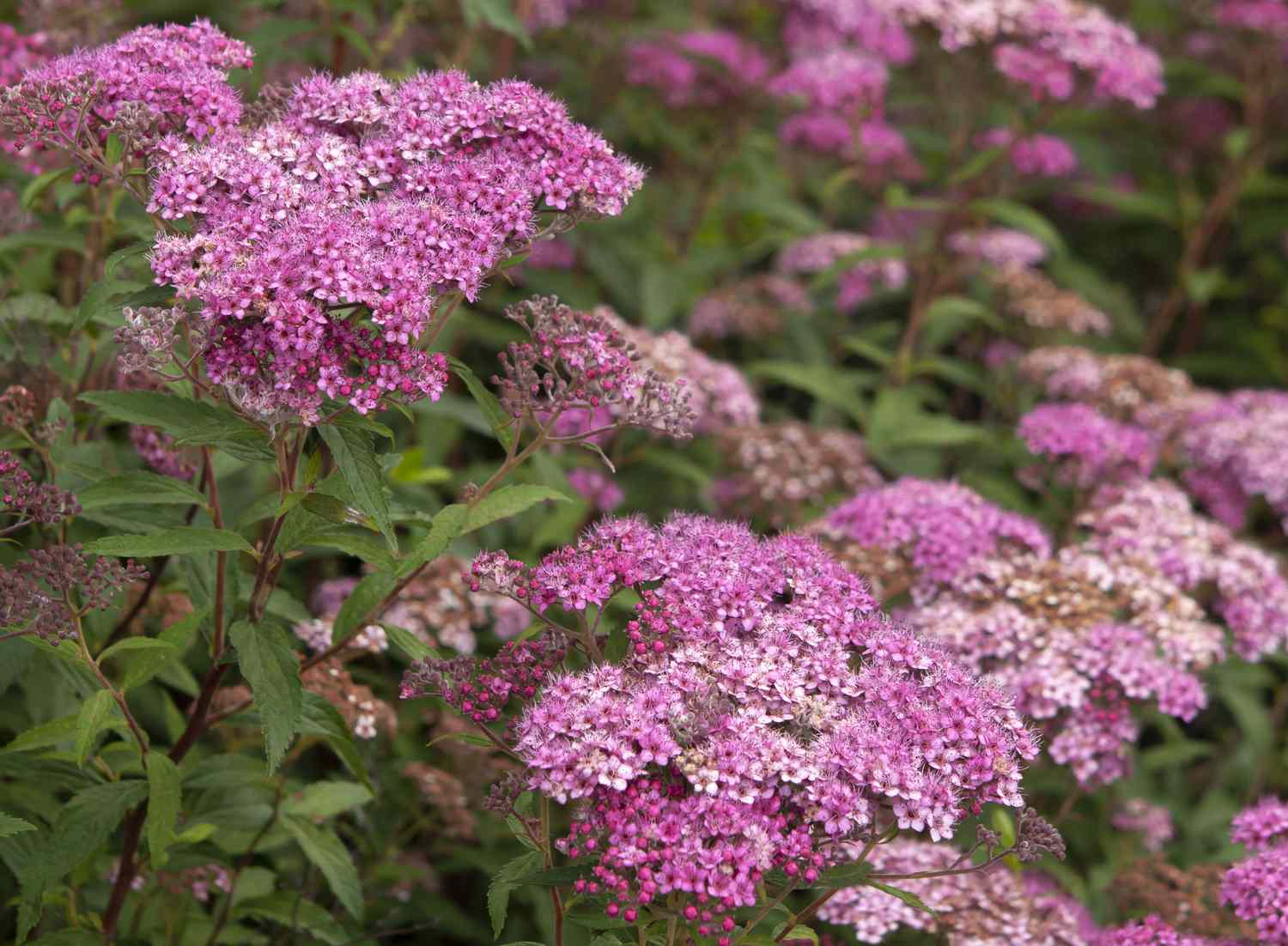

Plant Care
When Do You Trim Spirea Shrubs
Modified: January 22, 2024
Learn the best time for pruning spirea shrubs and how to properly care for these plants. Find essential tips and techniques for plant care and maintenance.
(Many of the links in this article redirect to a specific reviewed product. Your purchase of these products through affiliate links helps to generate commission for Chicagolandgardening.com, at no extra cost. Learn more)
Table of Contents
Introduction
Welcome to the world of plant care! If you’re a proud owner of spirea shrubs, you’ve made a fantastic choice. Spirea shrubs are a popular choice for many garden enthusiasts, thanks to their stunning blooms and easy maintenance. However, to keep your spirea shrubs looking their best, regular pruning is essential.
Pruning spirea shrubs not only helps maintain their shape and size but also promotes healthy growth and encourages abundant flowering. However, pruning at the wrong time or using incorrect techniques can harm the shrubs and inhibit their growth potential. That’s why it’s crucial to understand when and how to trim your spirea shrubs.
In this article, we will guide you on the best time to trim spirea shrubs, the signs that indicate they need pruning, the steps to trim them properly, the tools required, and common mistakes to avoid. Whether you’re new to plant care or a seasoned gardener, this information will ensure your spirea shrubs thrive and become a standout feature in your garden.
Before we dive into the specifics of trimming spirea shrubs, it’s essential to consider a few factors. First, it’s important to understand the natural growth habit and flowering cycle of spirea shrubs. By doing so, we can work with their natural tendencies and enhance their overall appearance and health.
Second, it’s vital to assess the current state of the shrubs. Are they overgrown or misshapen? Do they have any dead or diseased branches? Understanding the condition of your spirea shrubs will help determine the extent of pruning required.
Lastly, you need to determine your pruning goals. Are you looking to maintain a specific size and shape? Are you pruning for rejuvenation, to stimulate new growth? By clarifying your objectives, you can tailor your pruning approach accordingly.
Factors to Consider Before Pruning Spirea Shrubs
Before you pick up those pruning shears, there are several crucial factors to consider when it comes to pruning spirea shrubs. By understanding and analyzing these factors, you can ensure you’re making informed decisions that will benefit the health and aesthetic appeal of your shrubs.
1. Growth Habit: Spirea shrubs have different growth habits, ranging from compact and mounding to arching and cascading. Understanding your specific spirea variety’s growth habit will assist you in determining how to shape and prune the shrub effectively.
2. Flowering Cycle: Different spirea varieties have varying flowering cycles. Some shrubs bloom on new growth, while others produce flowers on old wood. Knowing the flowering time and cycle of your spirea shrubs will help you time your pruning correctly to maximize bloom production.
3. Health and Condition: Assessing the overall health and condition of your spirea shrubs is crucial before pruning. Look for any signs of disease, pest infestations, or dead/damaged branches. It’s essential to remove any diseased or dead wood to promote the shrub’s overall health and vigor.
4. Size and Shape: Consider the desired size and shape of your spirea shrubs. Are you aiming for a formal, symmetrical shape, or do you prefer a looser, more natural form? Understanding your pruning goals will guide you in determining the extent of pruning required.
5. Season: The time of year plays a significant role in spirea pruning. Some spirea shrubs are best pruned in early spring before new growth begins, while others benefit from pruning immediately after flowering. Proper timing ensures minimal disturbance to the shrub and encourages healthy growth.
6. Climate: Consider the specific climate and weather conditions in your area. Certain regions may have shorter or longer growing seasons, which can affect the ideal pruning time for spirea shrubs. Additionally, extreme weather conditions like frost or heatwaves can impact the shrubs’ ability to recover from pruning.
By taking these factors into account, you can create a pruning plan that aligns with your goals and promotes the overall health and beauty of your spirea shrubs. Remember, proper pruning techniques and timing are crucial to ensure the best results, so let’s explore the best time to trim spirea shrubs in the next section.
Best Time to Trim Spirea Shrubs
The timing of pruning plays a significant role in the overall success of trimming spirea shrubs. Pruning at the right time ensures minimal stress on the shrubs and promotes healthy growth and abundant flowering. The best time to trim spirea shrubs depends on the specific variety and its flowering cycle.
1. Spring Pruning: For spirea varieties that bloom on new wood, it is best to prune in early spring before new growth begins. This allows for the removal of old, dead, or diseased branches and encourages vigorous new growth and abundant blooms for the coming season.
2. After Flowering: Some spirea varieties, such as spirea japonica or bridal wreath spirea, bloom on old wood. For these shrubs, it is advisable to prune immediately after they finish flowering. Pruning at this time allows you to shape the shrubs, remove spent flowers, and maintain their desired size and form without sacrificing the next season’s blooms.
3. Summer Pruning: While not ideal, light pruning can be performed during the summer months if necessary. However, it is important to note that summer pruning may result in a reduced number of blooms for spirea varieties that flower on old wood. Therefore, it is best to limit pruning during this time to maintenance purposes, such as removing dead or damaged branches.
It’s important to consider the specific variety of spirea shrub you have when determining the best time to trim. If you’re unsure about your shrub’s flowering cycle, consult with a local nursery or gardening expert for guidance.
Keep in mind that pruning spirea shrubs during late summer or fall can disrupt the natural growth cycle and result in fewer blooms. It’s best to avoid pruning spirea shrubs during these periods to allow them to prepare for winter dormancy and ensure robust flowering in the following season.
Now that you know the optimal time to trim your spirea shrubs, let’s explore the signs that indicate they need pruning in the next section.
Signs Your Spirea Shrubs Need Pruning
Regular pruning is essential to maintain the health and appearance of your spirea shrubs. However, it can be challenging to determine when exactly your shrubs need pruning. Here are some signs to look out for that indicate it’s time to trim your spirea shrubs:
- Overgrown Appearance: If your spirea shrubs have become unruly and have lost their shape, it’s a clear indication that they need pruning. Overgrown shrubs not only look messy but can also hinder air circulation, leading to potential disease or pest issues.
- Dead or Diseased Branches: Take a closer look at your spirea shrubs and inspect for any dead or diseased branches. Dead wood not only looks unsightly but can also pose a risk to the overall health of the shrub. Pruning out dead or diseased branches will promote new growth and prevent the spread of diseases.
- Lack of Flowering: If your spirea shrubs are not producing as many blooms as they used to or have stopped flowering altogether, it may be a sign that they need pruning. Pruning helps rejuvenate the shrub by removing older wood and encouraging the growth of new, flowering branches.
- Excessive Suckering: Some spirea varieties have a tendency to produce numerous suckers or shoots from their base. If these suckers start to overcrowd the shrub or spread too far, it’s time to prune them back. Removing excessive suckering promotes a more defined shape and prevents the shrub from becoming overly bushy.
- Branches Crossing or Rubbing: Over time, branches on spirea shrubs can start to cross or rub against each other. This can cause damage and limit airflow, potentially leading to disease or pest issues. Pruning out the crossing or rubbing branches will help maintain a healthy growth pattern and prevent future problems.
Remember, it’s important to assess your spirea shrubs regularly and look for these signs before pruning. By addressing these issues promptly, you can maintain the health, shape, and beauty of your spirea shrubs. Now that you know when to trim your shrubs and the signs that indicate they need pruning, let’s move on to the next section, where we will discuss the steps to trim spirea shrubs properly.
Steps to Trim Spirea Shrubs
Trimming spirea shrubs may seem intimidating, but with the right techniques and a systematic approach, it can be a straightforward and rewarding task. Follow these steps to properly trim your spirea shrubs:
- Prepare the Shrubs: Start by preparing the shrubs for pruning. Remove any debris, such as fallen leaves or twigs, from the base of the shrubs. This will give you a clear view of the branches and allow for easier access during the trimming process.
- Identify the Branches to Remove: Take a step back and assess the spirea shrubs. Identify the branches that need to be removed. Look for dead, diseased, or damaged branches, as well as any that are crossing or rubbing against each other. These are the branches that should be your focus during the pruning process.
- Use Pruning Shears: Equip yourself with a pair of sharp, clean pruning shears. This will ensure clean cuts and minimize the risk of damage to the shrub. Take care to sanitize the pruning shears if you suspect any disease or pests on the shrubs to prevent spreading.
- Start Pruning: Begin pruning by cutting the identified branches back to their point of origin, such as the main stem or a strong lateral branch. Make the cuts at a 45-degree angle, which promotes healing and reduces the chances of water pooling on the cut surface. Remove the branches in sections as you work through the shrub.
- Shape and Size: If you have a specific shape or size in mind for your spirea shrubs, use the pruning shears to trim the outer edges of the shrubs. Work with the natural growth habit of the shrub and aim for a balanced and symmetrical appearance. Take breaks and step back to assess the progress as you shape the shrub.
- Clean Up: Once you have finished trimming, clean up the pruned branches and debris from around the shrubs. Dispose of the trimmings properly according to your local regulations. This helps prevent the spread of diseases and keeps your garden tidy and free from potential hazards.
Remember to take your time and approach the pruning process with patience and care. It’s always better to make small, deliberate cuts rather than removing too much at once. By following these steps, you can ensure that your spirea shrubs are pruned properly and maintain their health and beauty. Now that you know how to trim spirea shrubs, let’s move on to discuss the tools and equipment you’ll need for the pruning process.
Tools and Equipment Needed for Pruning Spirea Shrubs
Having the right tools and equipment for pruning is essential to ensure a successful and efficient trimming process for your spirea shrubs. Here are the essential tools you’ll need:
- Pruning Shears: A pair of sharp pruning shears is a must-have tool for trimming spirea shrubs. Choose a bypass or anvil-style pruning shear that fits comfortably in your hand. Ensure that the blades are sharp and can make clean cuts without crushing the branches.
- Loppers: Loppers are useful for trimming thicker branches that pruning shears may not be able to handle. Opt for loppers with long handles for better leverage, and choose a size that suits the thickness of the branches you’ll be pruning.
- Handsaw or Pruning Saw: Depending on the size of your spirea shrubs and the thickness of the branches, a handsaw or pruning saw may be necessary. These tools are ideal for cutting through larger branches that pruning shears or loppers cannot handle.
- Gloves: Wearing a pair of sturdy gardening gloves is essential to protect your hands from thorns, prickly branches, and potential irritants. Choose gloves that offer a good grip and allow for dexterity while handling the tools.
- Safety Glasses: Protect your eyes from any flying debris or branches by wearing safety glasses or goggles. Pruning can cause small particles to become airborne, so it’s important to safeguard your eyes during the process.
- Sanitizing Solution: If you’re pruning spirea shrubs that may be infected with disease or pests, it’s crucial to use a sanitizing solution. This can be a mix of water and bleach or a commercial disinfectant specifically designed for gardening tools. Sanitizing the tools between cuts helps prevent the spread of diseases or pests.
- Container or Tarp: Use a container or tarp to collect the pruned branches and debris as you work. This makes it easier to clean up afterward and ensures a safe and tidy pruning environment.
Make sure to inspect your tools before starting the pruning process. Ensure that they are clean, sharp, and in good working condition. Dull or damaged blades can make pruning more difficult and potentially damage the shrubs.
Having the right tools and equipment not only ensures a successful pruning session but also enhances your safety and the overall health of your spirea shrubs. Now that you’re equipped with the necessary tools, it’s time to put them to good use and start pruning your spirea shrubs.
Common Mistakes to Avoid When Trimming Spirea Shrubs
Trimming spirea shrubs may seem like a simple task, but there are common mistakes that many gardeners make when pruning. By avoiding these mistakes, you can ensure the health and beauty of your spirea shrubs and achieve the desired results. Here are some common mistakes to avoid when trimming spirea shrubs:
- Pruning at the Wrong Time: Timing is crucial when it comes to pruning spirea shrubs. Pruning at the wrong time can result in reduced blooms or even damage to the shrub. Make sure to research the specific variety of spirea shrub you have and determine the appropriate time to trim, whether it’s in early spring or after flowering.
- Over-Pruning: While it can be tempting to take off more than necessary, over-pruning can harm the shrub and inhibit its growth. Avoid excessive pruning, especially if the shrub is healthy and in good shape. Stick to removing dead, diseased, or unwanted branches and shape the shrub conservatively.
- Using Dull Tools: Using dull pruning tools can result in messy, jagged cuts that can damage the shrub and make it susceptible to diseases. Keep your tools sharp and clean to ensure clean, precise cuts that promote healing and minimize stress on the shrub.
- Pruning Too Late in the Season: Late-season pruning can disrupt the natural growth cycle of spirea shrubs and potentially reduce next year’s blooms. Avoid pruning spirea shrubs too late in the season, especially as they prepare for winter dormancy. Stick to the appropriate pruning window for your specific spirea variety.
- Ignoring the Shrubs’ Natural Shape: Each spirea shrub has its own unique growth habit and natural shape. It’s important to work with these characteristics when pruning to maintain a natural and balanced appearance. Avoid forcing the shrub into a shape that goes against its natural growth pattern.
- Pruning Inconsistent Heights or Angles: When trimming spirea shrubs, strive for uniformity and consistency. Avoid creating uneven heights or angles when pruning branches. This will ensure a visually pleasing and harmonious look for the overall shrub.
- Ignoring Safety Precautions: Pruning can involve sharp tools and potentially hazardous situations. Always prioritize safety by wearing gloves, safety glasses, and appropriate clothing. Take care when using ladders and ensure stable footing. Following safety precautions will prevent accidents and injuries during the pruning process.
By being mindful of these common mistakes and avoiding them, you can successfully trim your spirea shrubs and maintain their health and beauty. Take your time, be attentive to the needs of your shrubs, and apply proper pruning techniques to ensure the best results. Now that you’re aware of these common pruning errors to avoid, you’re well-equipped to prune your spirea shrubs effectively.
Conclusion
Pruning spirea shrubs is a crucial aspect of plant care that promotes optimal growth, enhances aesthetics, and ensures the overall health of the shrubs. By understanding the factors to consider, such as the growth habit and flowering cycle, and identifying the signs that indicate pruning is necessary, you can make informed decisions and provide the best care for your spirea shrubs.
Timing is key when it comes to pruning spirea shrubs. Pruning in the right season, whether it’s early spring or after flowering, allows for the removal of dead, diseased, or unwanted branches and encourages new growth and abundant blooms.
Taking the proper steps to trim spirea shrubs, such as preparing the shrubs, identifying branches for removal, using the right tools, and shaping the shrub to maintain its natural form, will result in healthy and visually appealing plants.
Additionally, by avoiding common mistakes like pruning at the wrong time, over-pruning, using dull tools, pruning too late in the season, and ignoring the shrub’s natural shape, you can ensure the longevity and vitality of your spirea shrubs.
Remember to prioritize safety during the pruning process by wearing protective gear and following proper procedures. Your safety is just as important as the health of your shrubs.
With the knowledge and techniques presented in this article, you are equipped to successfully trim your spirea shrubs and create a stunning focal point in your garden. Enjoy the beauty and vitality of your well-maintained spirea shrubs for years to come.
